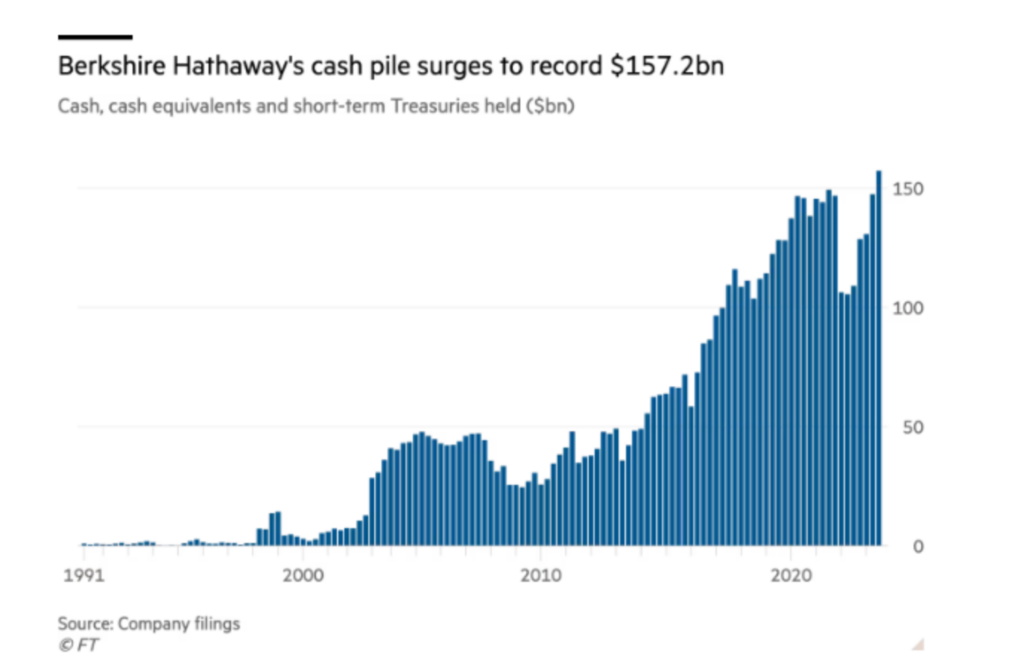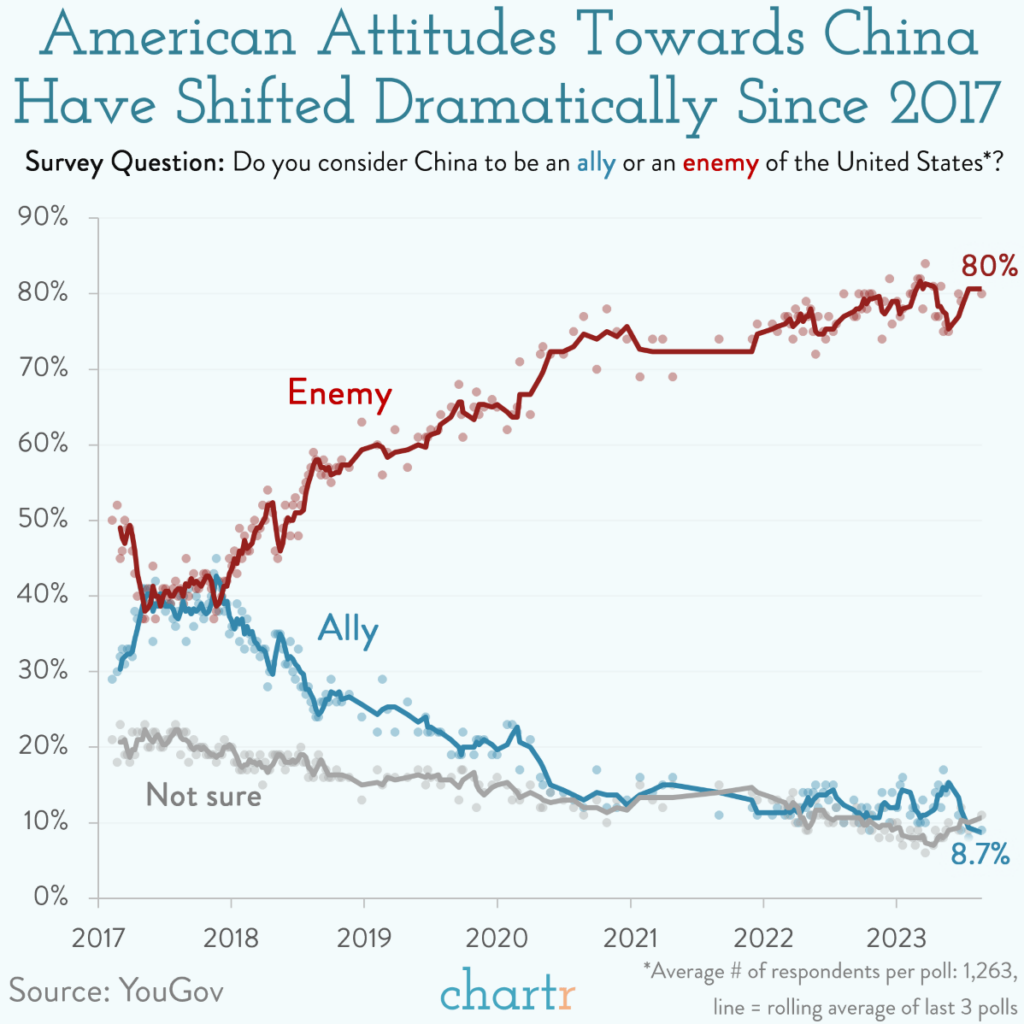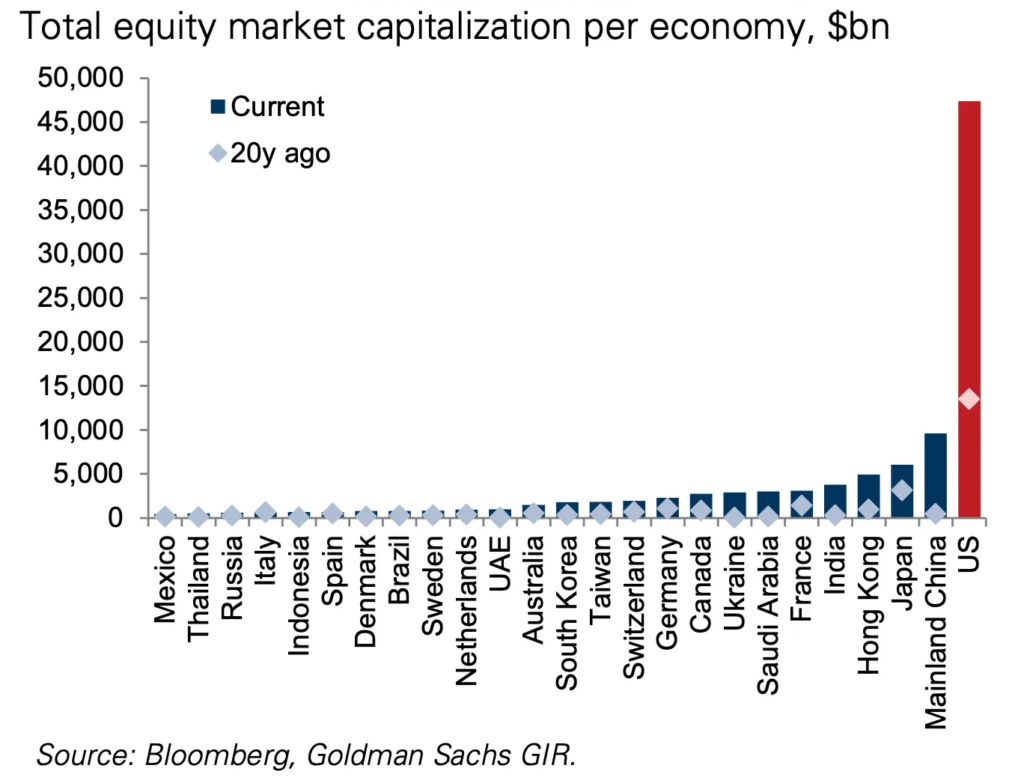1. History of Nasdaq After 9 Day Rallies.
Nasdaq Dorsey Wright -The Nasdaq 100 Index NDX has shown sharp improvement over the past couple of weeks, rising by almost 10% from its October 26 closing low after posting a gain in 10 out of the past 11 trading days. This includes a 9-day consecutive rally streak that saw NDX rise over 8.5% before showing a slight decline on Thursday. While the Nasdaq 100 Index has seen more than its fair share of improvement this year, it is rare to see 9 positive days in a row for the growth benchmark. There have only been 12 other periods dating back to December 1992 where NDX has risen for at least 9 consecutive trading days. The last occurrence was almost exactly two years ago, with a 10-day stretch that ended on 11/5/2021. Of course, the forward market action for NDX showed weakness after that date, as it was one of just two out of the 12 other periods that saw a negative NDX return one year after the positive day streak. Most others have shown consistent improvement, with NDX continuing higher the next week 50% of the time, which improves to a 75% hit rate that it will post a gain over the next six months. It is important to note that the forward returns from these dates will inherently show near-term weakness, as the last day of a winning streak must be followed by at least one down day to be included in our examination. Furthermore, we see the average and median forward returns from these dates have not been much higher than the average and median forward returns from any date since 1992. While we may not be able to use a consecutive gain streak as a great indication of future strength, the more important takeaway is that the ending of these streaks does not typically correspond with market tops.

2. FAANG+ 13% Rally from October Pullback……8250 Previous Highs…

3. NVDA Approaching Highs…$500

4. Dividend Stocks vs. Non-Dividend 2023

5. More Alternative Energy Names….PLUG -50% in One Month.

6. Is Buffett Bearish on China or EV Space or Both? Exits BYD
Warren Buffett’s company slashed its stake in BYD. Here’s why that’s surprising – and 5 possible explanations.Business Insider Theron Mohamed
- Warren Buffett’s Berkshire Hathaway has sold more than 60% of its BYD shares since last summer.
- Buffett may have been taking profits, pruning his portfolio, or cutting his geopolitical exposure.
- Here’s why the stock sales are surprising, and what the thinking might be behind them.
Why did Berkshire sell?A big reason that Berkshire has been cashing in its BYD stock may be geopolitics. The US and China have been clashing in recent months over everything from microchips and Taiwan to Russia’s invasion of Ukraine.
Buffett and Munger may have decided to pull back from China given the rising tensions — the reason why they dumped Taiwan Semiconductor only a few months after buying it.
Buffett said in April that the breathless rise in BYD stock over the past few years, and the possibility of finding something better to invest in, were factors in the sale. He and Munger may have opted to realize some of the roughly 30-fold gain they’d made on the stock, especially as the company faces more than a few risks.
BYD is more aggressively valued than in years past, it’s still in a capital-intensive business in a brutally competitive industry, and investing heavily in battery development and other technologies.
The Berkshire chief may have found it easier to offload BYD than other stocks because it was never the best fit for his portfolio. The 93-year-old investor generally sticks to US-based companies in industries he deeply understands like fast food or insurance – a Chinese EV maker was always out of his comfort zone.
It’s not clear whether Buffett and Munger sold BYD stock because they wanted to take profits, free up cash, prune their portfolio, cut their geopolitical risk, or avoid future problems at the company. Berkshire shareholders will be watching closely to see if they sell any more shares – or provide further explanation.
7. Buffett Cash Pile at Record High

8. American Attitudes Toward China Big Swing.

9. Can’t Think, Can’t Remember: More Americans Say They’re in a Cognitive Fog
DNYUZ BLOG There are more Americans who say they have serious cognitive problems — with remembering, concentrating or making decisions — than at any time in the last 15 years, data from the Census Bureau shows.
The increase started with the pandemic: The number of working-age adults reporting “serious difficulty” thinking has climbed by an estimated one million people

https://dnyuz.com/2023/11/13/cant-think-cant-remember-more-americans-say-theyre-in-a-cognitive-fog/
10. Four Qualities of Mentally Strong People
What we can learn from everyday heroes-Psychology Today Steven Hayes.
KEY POINTS
- We exhibit forms of mental strength every single day.
- The more we willingly enter into our own experience in service of a greater purpose, the stronger we become.
- Consider four qualities of mentally strong people to improve your own mental strength and overall well-being.
We often reserve the term “mentally strong” to describe people who accomplished extraordinary feats in the face of great adversity. Rarely, however, do we use these words to describe ourselves; possibly because we are painfully aware of our own shortcomings, or because we don’t consider our achievements as noteworthy enough. But mental strength comes in many shapes and forms. And if we pay attention and know where to look, we can witness it every single day — in both ourselves and other people around us.
For instance, do you ever feel tired after waking up, but still get dressed because you don’t want to be late for work? Or have you ever wanted to shout profanities after being cut off in traffic on your way to work, but decided not to because your child was in the backseat? Both of these examples require mental strength. It’s not just unpleasant emotions either that require mental strength — have you ever allowed a compliment to penetrate your being without an automatic dismissal, or allowed your eyes to linger in your lover’s eyes just a moment longer, even though you feel vulnerable in doing so? That too is mental strength.
Whenever you display a willingness to more fully enter your own experience in the service of a greater purpose, you exhibit mental strength. And the more frequently you act this way, the more you stretch your mental muscles and the more you strengthen your ability to act in a purpose-driven way in the future.
article continues after advertisement
Naturally, becoming mentally strong isn’t always easy, nor is it straightforward. The process involves a lot of nuance, and it requires you to foster distinct qualities along the way. Specifically, four qualities stand out, and if you practice any of them you can improve not just your mental strength but also your overall well-being. You might already recognize some of these qualities in yourself, whereas others may feel entirely foreign to you. Either way, please view the following list not as a yardstick by which to rate yourself, but as opportunities for your personal growth. With that being said, here are four qualities of mentally strong people.
1. They are open to new possibilities
Mentally strong people don’t stay on a single-loop track. They are rarely limited by preconceived notions about how they have to think, feel, or act, who they have to be, what they have to focus on, or what they have to care about. Rather than rigidly following self-imposed rules, mentally strong people are more open, can choose more freely, and are more likely to explore new possibilities. They can hold disparate thoughts at the same time; they can stay when an automatic mindset says to leave; they can let go when the mind says to cling. Because of these habits of mind and behavior, they can access a broader range of their experiences — both pleasant and unpleasant — without having to resist or cling to them.
Now, please notice what your mind does with this information, because it’s easy to fall into the trap of “I always have to be open to new possibilities” (which, ironically, is just another self-imposed rule). Rather than obeying your mind, see if you can just notice that this thought is currently unfolding in your consciousness, and allow it to be without following its demand. You can practice trying out new possibilities without turning it into a rule that you always “have” to do. After all, you are free to choose, again and again.
2. They choose what works
Mentally strong people are not just more open to new strategies, they are also more likely to choose the ones that work. This may sound simple enough, but this quality actually contains several sub-skills. For starters, it requires knowing your objectives — whether this is about your goals or deeper-seated values. In either case, you need to have a pretty clear direction, so you know what even constitutes as “working” in the first place. Additionally, it requires a certain level of self-awareness, so you can assess whether you are actually moving closer to your objectives or whether you are just deluding yourself.
I highly recommend going through the process of clarifying your objectives with a trained mental health professional, because it’s easy to lose sight of your deeper goals and values, or to mistakenly believe that you are making progress, when in reality you are not. If this is currently not an option for you, I advise monitoring your goals with the help of a trusted person, and/or getting objective feedback with a tracking device (e.g., by using an app on your smartphone). Having a reliable feedback system is essential when it comes to making effective improvements.
article continues after advertisement
3. They build successful habits
If you’ve read self-help articles before, you probably know what comes next. Yes, it is a cliché, but for good reasons because becoming mentally strong doesn’t happen by chance. Instead, it happens by consistently acting in ways that move you towards your chosen objectives. The emphasis here lies in the word “consistently,” because one-off actions are rarely enough to have a lasting impact. Only by building successful actions into habits can you gain the momentum needed to make a difference in your mental fortitude and your life in general.
I advise you to start slowly. Choose a new action — like going for a daily jog — and then break it down into something smaller. Probably even smaller still. So small, in fact, that it becomes almost ridiculous for you not to do it. This might mean going for a one-minute jog and then returning home. The key here is to not yet focus on the desired end result, but rather to focus on building consistency. Give yourself a “10-day challenge” in which every day you do something that carries you forward. You can aim bigger once you have shown some consistency in your efforts.
4. They adjust to their circumstances
Finally, mentally strong people adapt to their circumstances. They don’t wait for the perfect conditions before they can start taking action, nor do they stubbornly persist in their efforts, disregarding any feedback. Instead, they are more resourceful. They can accurately estimate the demands of their current context, their own capabilities, and then adjust their actions and expectations accordingly, so that they still pursue their objectives at a level that is workable, given their current inner and outer circumstances.
A choice that is right in one context may be disastrous in another, and vice versa. For instance, if you’re driving over the speed limit, you risk injuring yourself and others. However, if a loved one sits in the backseat and is in serious need of medical attention, rushing to the nearest hospital may be the right course of action. There are rarely any easy answers, and what you consider being “right” almost always depends on your context. Mentally strong people are aware of this dilemma, and adjust themselves — again, and again.







































